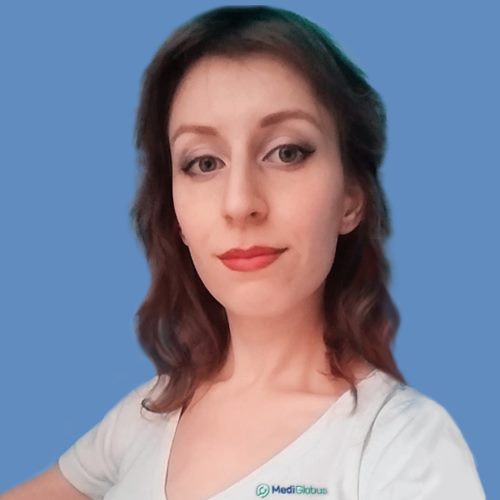Aplastic anaemia is a rare but serious blood disorder. It’s caused by damage to stem cells inside the bone marrow. Severe forms of pathology require immediate treatment. Bone marrow transplantation (BMT) is the main method of fighting this disease.
Every year about 18,000 patients go to overseas clinics for bone marrow transplants. Doctors of foreign medical centres have many years of experience in conducting such procedures. To learn where Where BMT is performed abroad, read the article.
What is aplastic anaemia?
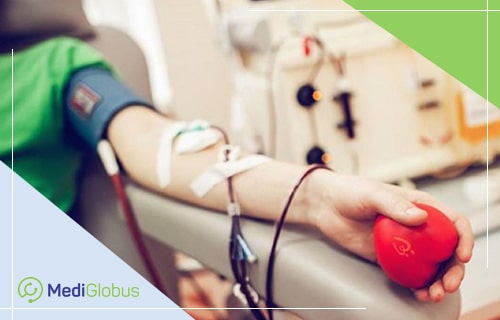
Aplastic anaemia is an autoimmune disease in which the body cannot produce enough blood cells It causes red blood cell, white blood cell and platelet deficiency. It occurs at any age. But the peaks of the disease occur at the age of 15-30 years and over 60 years.
At an early stage, aplastic anaemia has no pronounced symptoms. Patients experience fatigue, frequent bleeding and infections. The development of pathology leads to an increase in symptoms. The most common signs of the disease include:
constant fatigue;
unexplained hematomas on the body;
haemorrhages;
recurring infections or flu symptoms;
irregular breathing;
the appearance of small red dots on the skin;
headache;
fever.
The causes of half the cases of aplastic anaemia are unknown. But the development of this pathology is affected:
genetic predisposition to the disease;
autoimmune diseases (rheumatoid arthritis, lupus);
exposure to chemicals;
infectious diseases (hepatitis, cytomegalovirus, HIV);
medication intake;
exposure to radiation.
Healthy bone marrow contains 30-70% of the blood stem cells. With aplastic anaemia, these cells are destroyed and replaced by fat. The diagnosis is based on blood tests, biopsies. During the biopsy, the sample of bone marrow is taken with a special needle. The procedure is performed under local anaesthesia. In laboratory conditions, the number of blood cells is checked under a microscope.
Ideally, the diagnosis should be made by an experienced physician at a specialized bone marrow centre.
Treatment of aplastic anaemia abroad
The first stage in the fight against aplastic anaemia consists of immunosuppressants and blood transfusions. Bone marrow transplantation is used in severe forms of pathology. This procedure is performed in patients under 30 years of age. Donors are first-line relatives or unrelated compatible donors. After the transplantation, all blood cells are restored. BMT significantly reduces the risk of relapse.
Treatment of aplastic anaemia in Turkey
BMT for foreign patients is available in Turkish clinics. Among the leading medical centres for the treatment of aplastic anaemia, there are:
the network of Memorial clinics (Antalya, Ankara, Istanbul);
Koç University Hospital (Istanbul);
the network of Liv Clinics (Istanbul, Ankara);
Hisar Clinic (Istanbul).
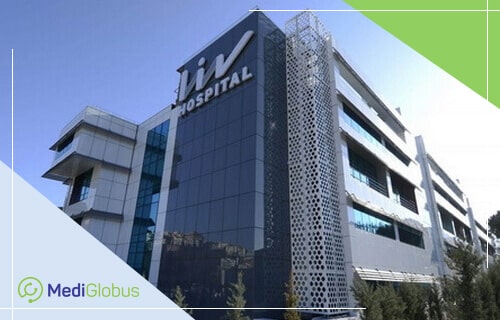
Memorial is the largest medical network in Turkey. Over 2 million patients from 167 countries of the world are treated here annually. One of the priority areas of the medical centre is bone marrow transplantation. An organ transplantation centre is functioning at the Memorial.
Memorial Aplastic Anemia treatment efficiency is one of the highest in the country. Over 95% of bone marrow transplants are successful.
Transplantation is possible from a related and unrelated donor. Memorial cooperates with the International Bank of Donors. The search and selection of a suitable donor are as fast as possible. After the operation, Memorial patients are treated in single wards equipped with HEPA air filters. Such air filtration systems minimize the risk of infection. This is especially important for patients after BMT.
Treatment of aplastic anaemia in leading hospitals in Turkey
Liv Clinic | At Liv Hospital, top haematologists, transplantologists and oncohematologists in the country treat aplastic anaemia. Among them is Professor Oral Navruz. He has been practising for over 32 years. The success of BMT, conducted under the guidance of the doctor is more than 95%. |
Koç Hospital | Aplastic anaemia is treated at Koç University Hospital (Istanbul). This hospital has its own transplantology centre. It provides autologous and allogeneic BMT. The Center is headed by Professor Münci Kalayoğlu. He has thousands of successful organ transplants on his account. |
Hisar Clinic | At the Hisar, late-stage aplastic anaemia is treated with bone marrow transplants. There is an organ transplantation centre. It is equipped with the latest technology. The Center employs the best transplatologists in Turkey – Professor Mehmet Yilmaz and Professor Ali Eser. The experience of these doctors is more than 30 years. |
Treatment of aplastic anaemia in Spain
To combat aplastic anaemia, patients choose the Quiron Madrid University Hospital and the University Hospital of Navarra. Haematology and transplantology are key areas in these medical centres.
The Quiron University Hospital in Madrid is part of the Quironsalud network. This hospital has been in operation since 2007. More than 20 physicians of Quiron Madrid are among the TOP 100 best specialists of Spain according to FOCUS Magazine.
Professor Luis Madero works at the clinic. He specializes in child and adolescent onomatology. The doctor performs bone marrow transplants. He is the author of 12 books on pediatric oncohaematology and haematology. Luis Madero has over 40 years of experience.
Navarra University Hospital– is one of the most prestigious hospitals in the country. It is accredited by Joint Commission International. In 58 years of operation, more than 600,000 patients from 70 countries have been treated here. According to FBA Consulting, about 95% of patients are satisfied with the level of medical services provided by the clinic. Navarra Hospital’s oncohaematology department accepts adults and children from the age of 3 years.
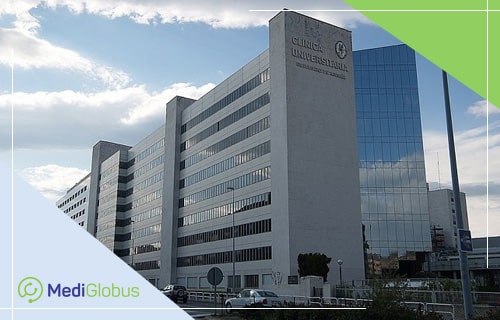
Treatment in Israel
Israeli medicine is one of the most developed in the world. Over 50,000 foreign patients are treated here every year. According to the WHO, Israel ranks 6th among 145 countries in the health rating. Oncohematology and haematology are the leading fields of Israeli medicine.
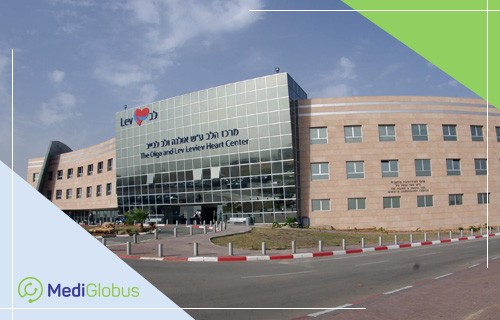
Foreigners treat aplastic anaemia in Israeli medical institutions such as:
Sheba Clinic (Tel Hashomer);
Souraski “Ichilov” Medical Center (Tel Aviv);
Hadassah Medical Centre (Jerusalem).
Chaim Sheba Clinic is a multidisciplinary public hospital. It takes the leading position in treating overseas patients. According to Newsweek magazine, the hospital was ranked among the top 10 medical centres in the world. Sheba Clinic’s Bone Marrow Transplantation Center is one of the largest and most advanced bone marrow transplantation centres in Europe. The number of BMT and stem cell transplants is close to hundreds and thousands respectively.
The Ichilov Clinic is a wide profile hospital that receives about 2 million patients each year. It is home to world-renowned Israeli haematologist Professor Avivi Irit. She heads the haematology department. The doctor treats benign and malignant blood diseases. Under her leadership, hundreds of successful BMT have been conducted.
Hadassah Hospital is a medical centre with a long history. Every year it treats about 1.5 million patients. Doctors at the Hematology Department treat patients with blood oncopathology, immune system diseases and bone marrow dysfunctions. More than 150 BMT are performed here every year. Hadassah Hospital receives foreign patients.
Treatment prognosis
Without treatment, severe aplastic anaemia has a high risk of death. Modern drug therapy or stem cell transplantation is highly effective. The 5-year survival rate of patients exceeds 45%.
The survival rate of stem cell transplants varies depending on the age of the patient and the availability of a compatible donor. After transplantation, the survival rate is 5 years:
42% for patients under 20 years of age;
32% for patients between 20 and 40 years of age;
about 10% for patients over 40 years of age.

Older people and patients who cannot find a bone marrow donor are prescribed medications to suppress the immune system. 5-year survival rate does not exceed 35%. 35%.
Resume
Aplastic anaemia is an autoimmune disease that causes erythrocyte, leukocyte and platelet deficiency. The disease can occur at any age.
Aplastic anaemia is a disease in which a bone marrow transplant is the most effective treatment. Before the procedure, the affected bone marrow of the patient is destroyed by medication and/or radiation. It is then replaced by a donor organ.
Foreign patients choose clinics of Turkey, Spain, and Israel for treatment of aplastic anaemia.
Severe aplastic anaemia has a high risk of death without treatment. Modern medication-assisted therapy or stem cell transplantation have high efficacy rates. The 5-year survival rate of patients exceeds 45%.
For the treatment of aplastic anaemia abroad, please contact MediGlobus. Our coordinators will help you choose a clinic and arrange your medical trip. Leave a request!




